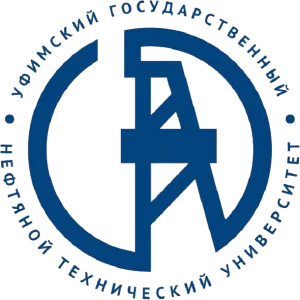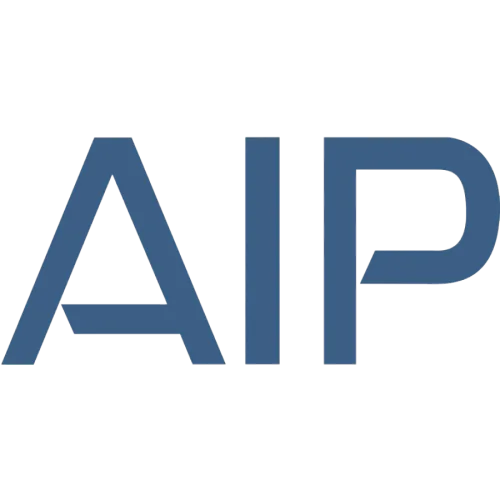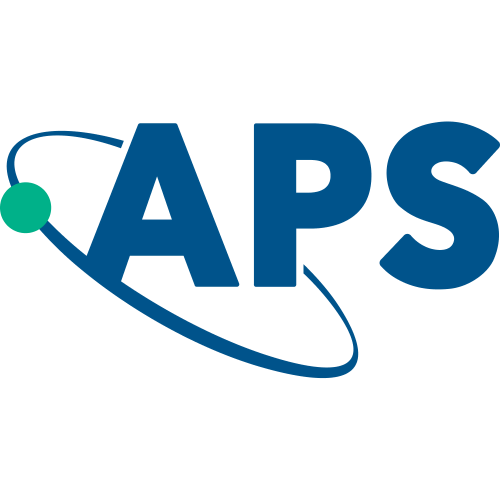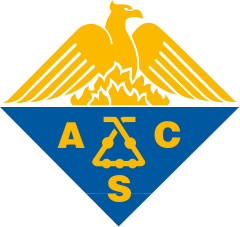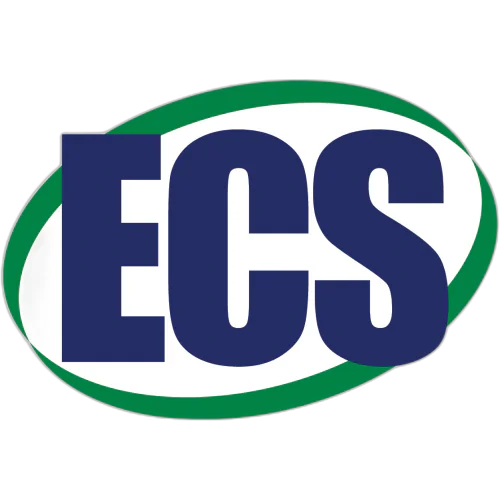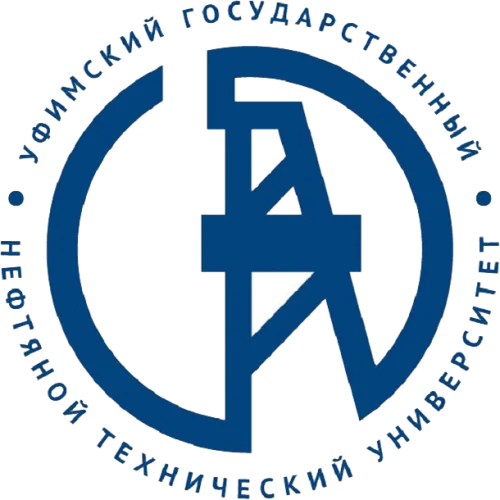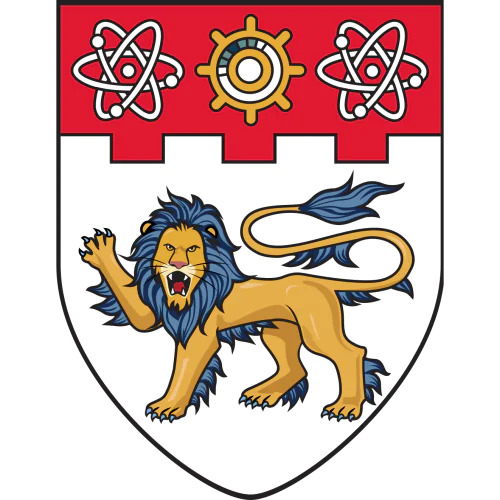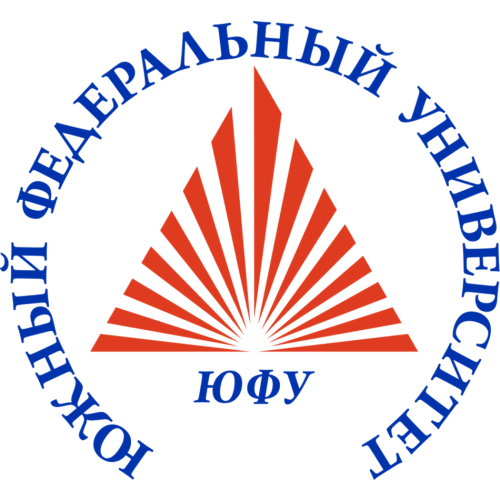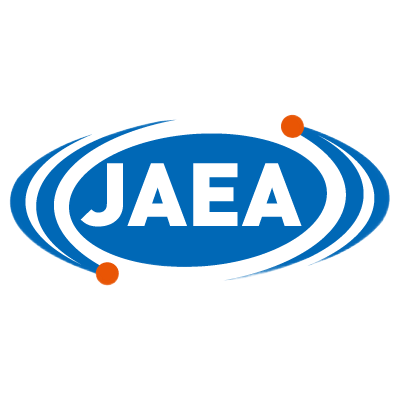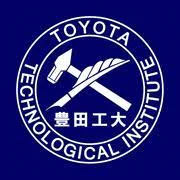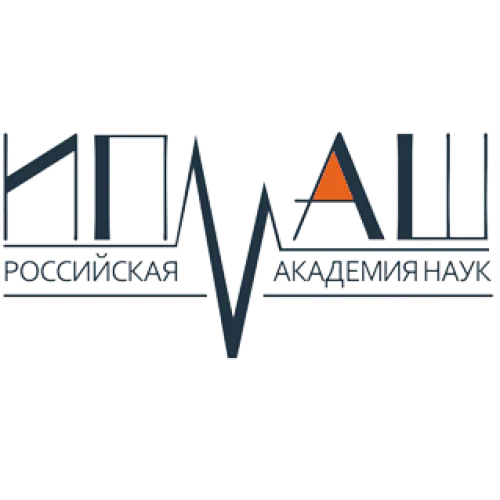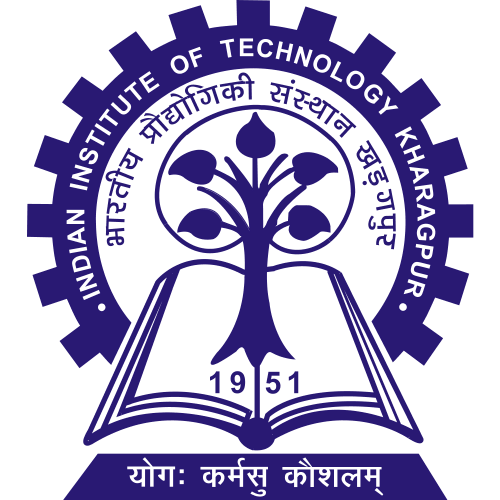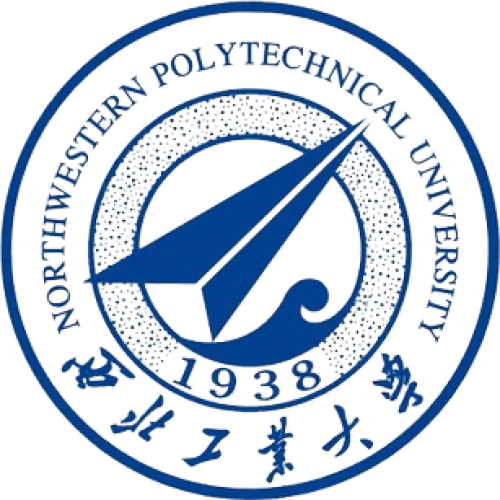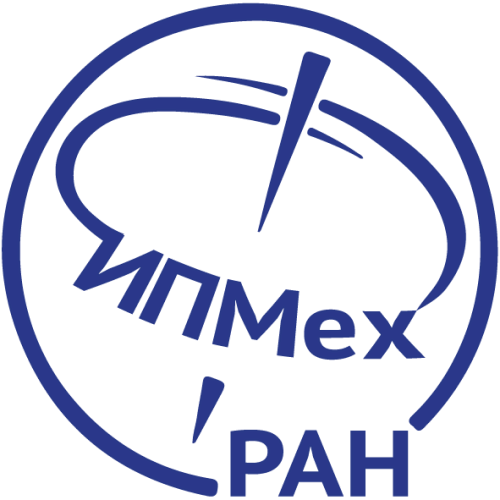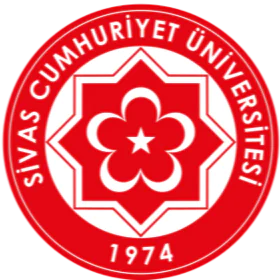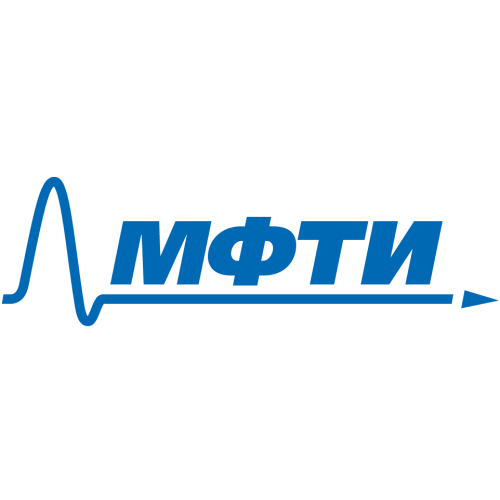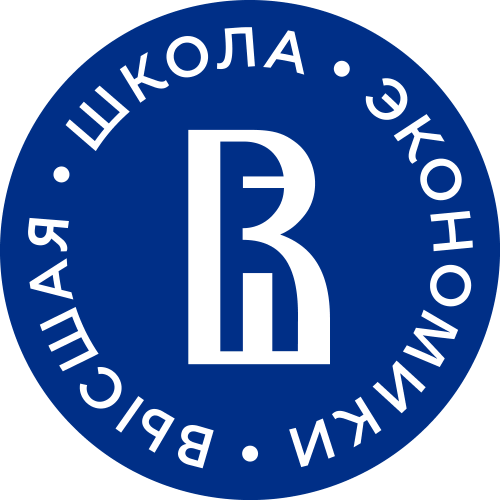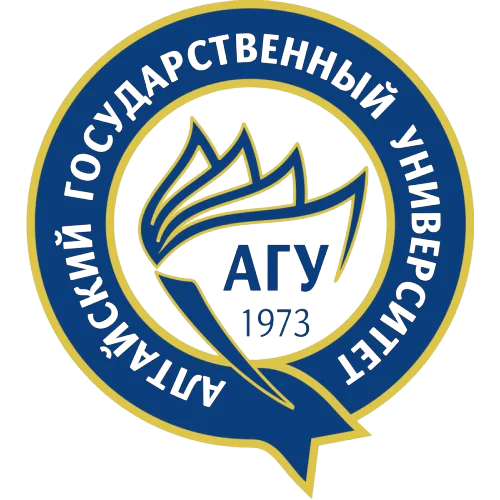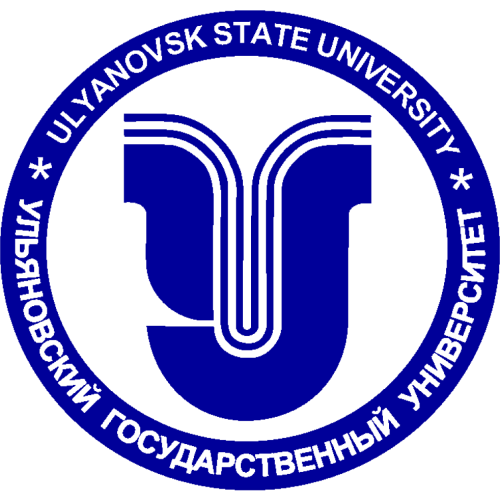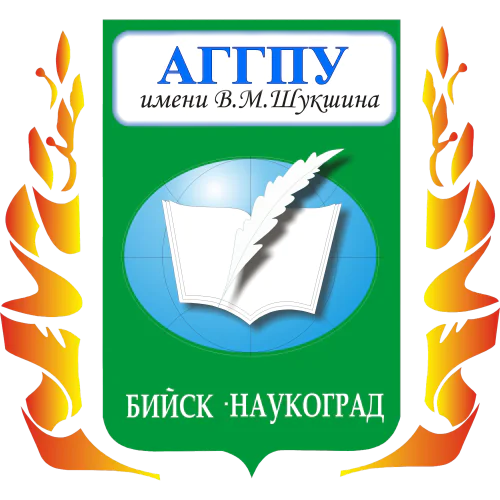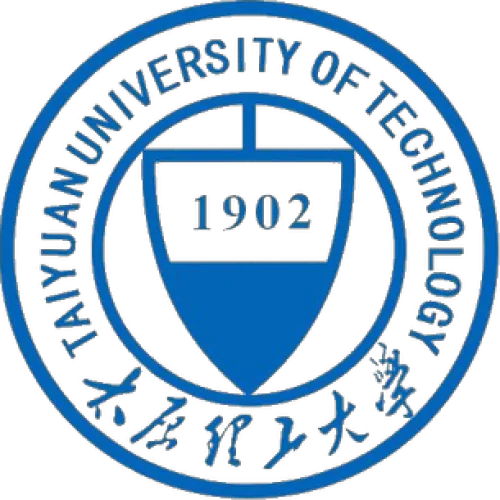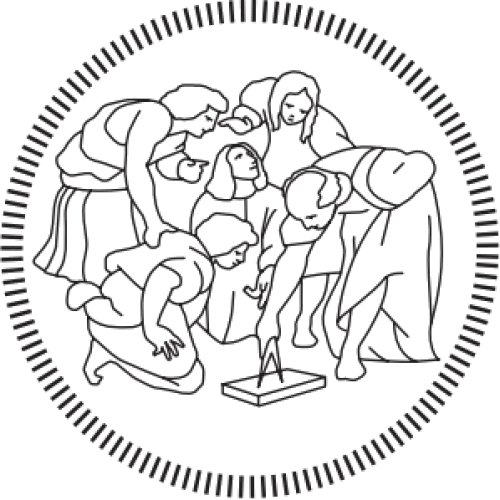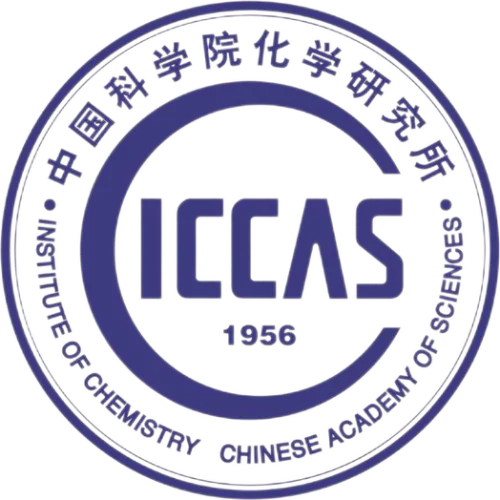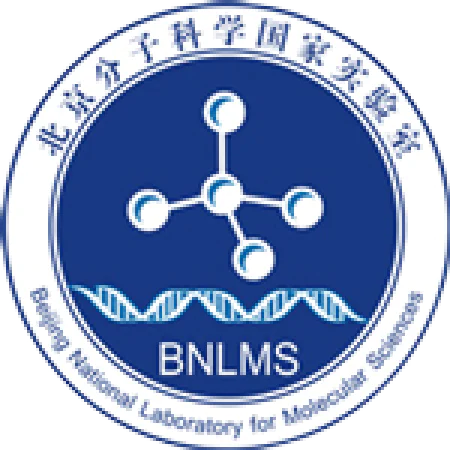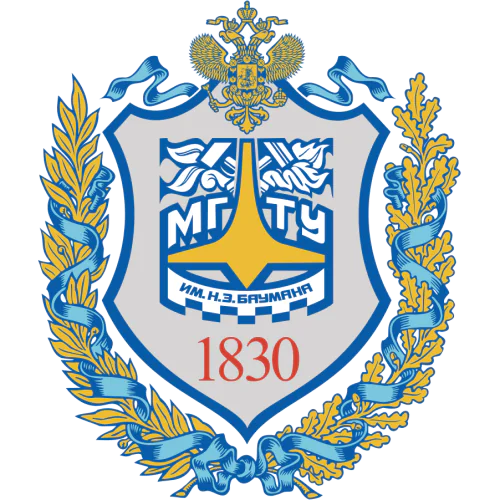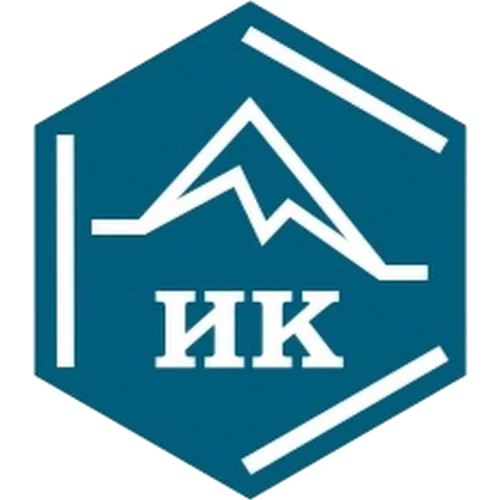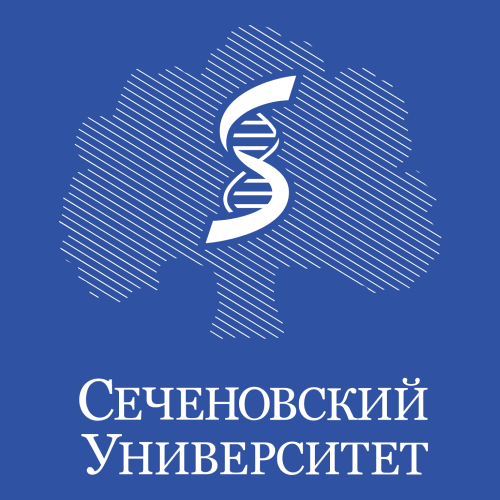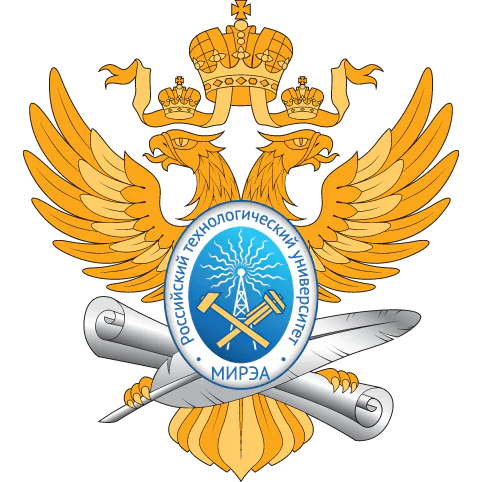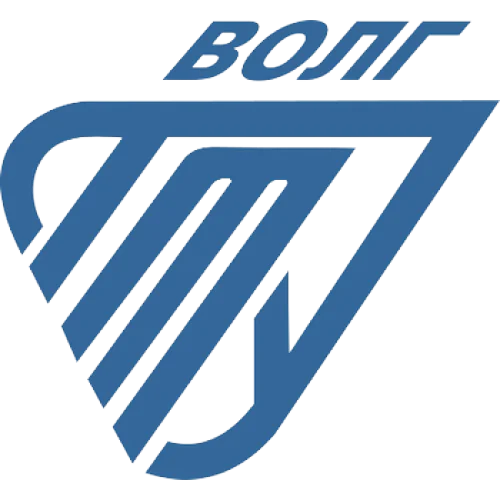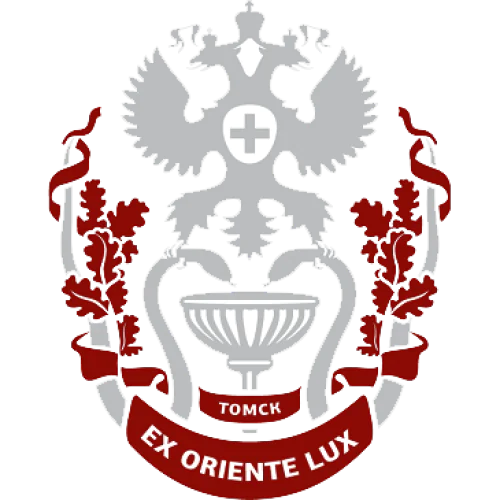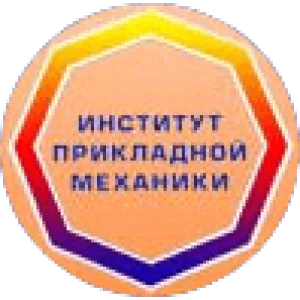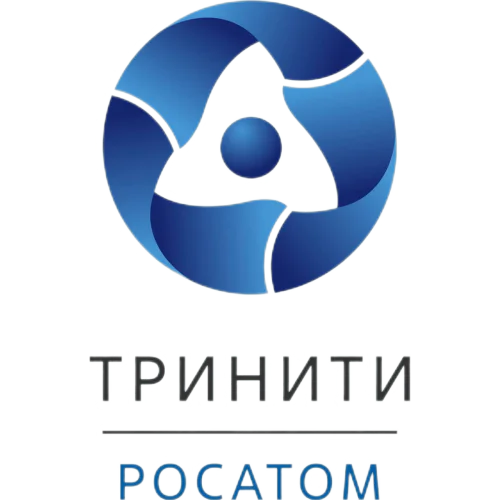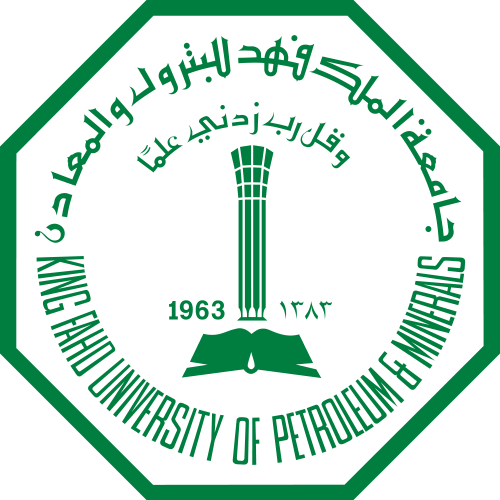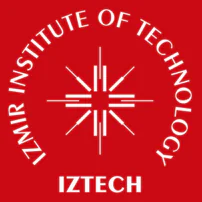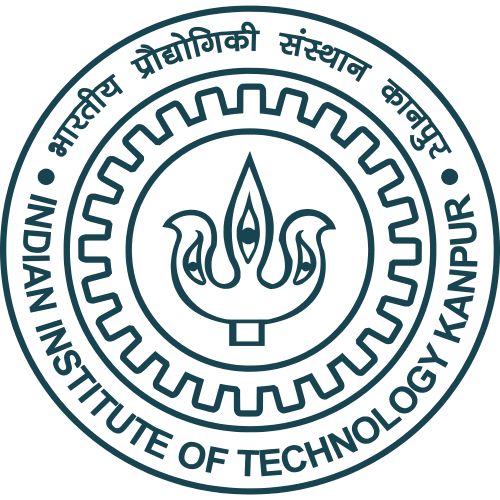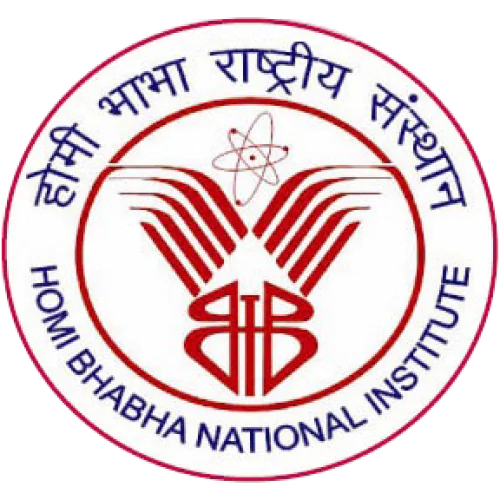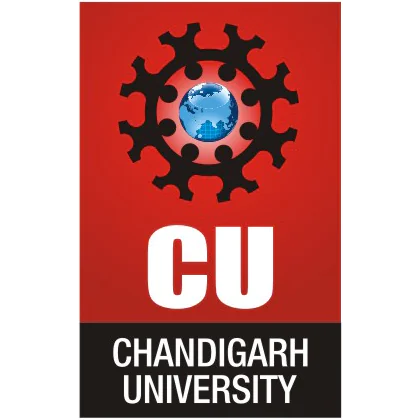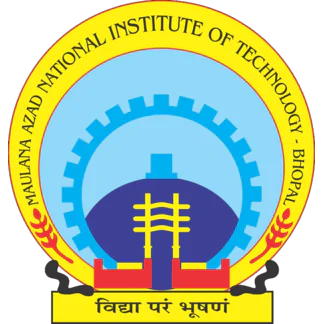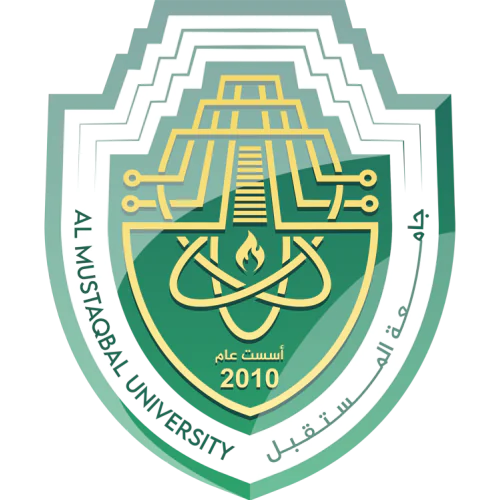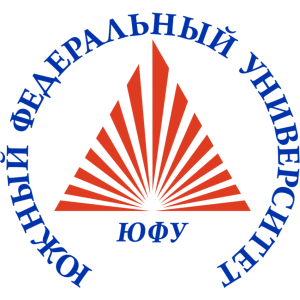Karina A Krylova
PhD in Physics and Mathematics
🥼
🥼
Karina can become your supervisor
If you would like to work under his/her guidance, please write a message or contact him/her on social media.
Authorization required.
🤝
🤝
Karina is looking for opportunities for scientific collaboration
If you would like to do joint research with him/her, write a message or contact him/her on social media.
Authorization required.
Publications
48
Citations
444
h-index
13
Research interests
Skills
Labs

Senior Researcher
Education
Ufa University of Science and Technology
2007 — 2009,
Master, Aviation technology systems
Ufa University of Science and Technology
2003 — 2007,
Bachelor, Aviation technology systems
Found
Nothing found, try to update filter.
Found
Nothing found, try to update filter.
Found
Nothing found, try to update filter.
Total publications
48
Total citations
444
Citations per publication
9.25
Average publications per year
3
Average coauthors
2.83
Publications years
2010-2025 (16 years)
h-index
13
i10-index
21
m-index
0.81
o-index
23
g-index
18
w-index
3
Metrics description
h-index
A scientist has an h-index if h of his N publications are cited at least h times each, while the remaining (N - h) publications are cited no more than h times each.
i10-index
The number of the author's publications that received at least 10 links each.
m-index
The researcher's m-index is numerically equal to the ratio of his h-index to the number of years that have passed since the first publication.
o-index
The geometric mean of the h-index and the number of citations of the most cited article of the scientist.
g-index
For a given set of articles, sorted in descending order of the number of citations that these articles received, the g-index is the largest number such that the g most cited articles received (in total) at least g2 citations.
w-index
If w articles of a researcher have at least 10w citations each and other publications are less than 10(w+1) citations, then the researcher's w-index is equal to w.
Top-100
Fields of science
|
2
4
6
8
10
12
14
16
18
|
|
|
General Materials Science
|
General Materials Science, 17, 35.42%
General Materials Science
17 publications, 35.42%
|
|
Condensed Matter Physics
|
Condensed Matter Physics, 10, 20.83%
Condensed Matter Physics
10 publications, 20.83%
|
|
Electronic, Optical and Magnetic Materials
|
Electronic, Optical and Magnetic Materials, 7, 14.58%
Electronic, Optical and Magnetic Materials
7 publications, 14.58%
|
|
General Physics and Astronomy
|
General Physics and Astronomy, 7, 14.58%
General Physics and Astronomy
7 publications, 14.58%
|
|
General Medicine
|
General Medicine, 4, 8.33%
General Medicine
4 publications, 8.33%
|
|
Mechanics of Materials
|
Mechanics of Materials, 4, 8.33%
Mechanics of Materials
4 publications, 8.33%
|
|
General Chemistry
|
General Chemistry, 3, 6.25%
General Chemistry
3 publications, 6.25%
|
|
Materials Chemistry
|
Materials Chemistry, 2, 4.17%
Materials Chemistry
2 publications, 4.17%
|
|
Physics and Astronomy (miscellaneous)
|
Physics and Astronomy (miscellaneous), 2, 4.17%
Physics and Astronomy (miscellaneous)
2 publications, 4.17%
|
|
Computational Mathematics
|
Computational Mathematics, 2, 4.17%
Computational Mathematics
2 publications, 4.17%
|
|
General Computer Science
|
General Computer Science, 2, 4.17%
General Computer Science
2 publications, 4.17%
|
|
Metals and Alloys
|
Metals and Alloys, 1, 2.08%
Metals and Alloys
1 publication, 2.08%
|
|
Ceramics and Composites
|
Ceramics and Composites, 1, 2.08%
Ceramics and Composites
1 publication, 2.08%
|
|
Physical and Theoretical Chemistry
|
Physical and Theoretical Chemistry, 1, 2.08%
Physical and Theoretical Chemistry
1 publication, 2.08%
|
|
Atomic and Molecular Physics, and Optics
|
Atomic and Molecular Physics, and Optics, 1, 2.08%
Atomic and Molecular Physics, and Optics
1 publication, 2.08%
|
|
Polymers and Plastics
|
Polymers and Plastics, 1, 2.08%
Polymers and Plastics
1 publication, 2.08%
|
|
Electrical and Electronic Engineering
|
Electrical and Electronic Engineering, 1, 2.08%
Electrical and Electronic Engineering
1 publication, 2.08%
|
|
Mechanical Engineering
|
Mechanical Engineering, 1, 2.08%
Mechanical Engineering
1 publication, 2.08%
|
|
Applied Mathematics
|
Applied Mathematics, 1, 2.08%
Applied Mathematics
1 publication, 2.08%
|
|
Energy (miscellaneous)
|
Energy (miscellaneous), 1, 2.08%
Energy (miscellaneous)
1 publication, 2.08%
|
|
Numerical Analysis
|
Numerical Analysis, 1, 2.08%
Numerical Analysis
1 publication, 2.08%
|
|
Modeling and Simulation
|
Modeling and Simulation, 1, 2.08%
Modeling and Simulation
1 publication, 2.08%
|
|
2
4
6
8
10
12
14
16
18
|
Journals
|
2
4
6
8
10
|
|
|
Letters on Materials
10 publications, 20.83%
|
|
|
Physics of the Solid State
5 publications, 10.42%
|
|
|
IOP Conference Series: Materials Science and Engineering
4 publications, 8.33%
|
|
|
Materials
4 publications, 8.33%
|
|
|
Surfaces and Interfaces
2 publications, 4.17%
|
|
|
Journal of Physics: Conference Series
2 publications, 4.17%
|
|
|
Computational Materials Science
2 publications, 4.17%
|
|
|
Russian Physics Journal
1 publication, 2.08%
|
|
|
Physics Letters, Section A: General, Atomic and Solid State Physics
1 publication, 2.08%
|
|
|
JETP Letters
1 publication, 2.08%
|
|
|
Materials Today Physics
1 publication, 2.08%
|
|
|
Physica Status Solidi - Rapid Research Letters
1 publication, 2.08%
|
|
|
Intermetallics
1 publication, 2.08%
|
|
|
Communications in Nonlinear Science and Numerical Simulation
1 publication, 2.08%
|
|
|
Chemical Physics
1 publication, 2.08%
|
|
|
Applied Surface Science
1 publication, 2.08%
|
|
|
Reviews on Advanced Materials Science
1 publication, 2.08%
|
|
|
European Physical Journal B
1 publication, 2.08%
|
|
|
Physica B: Condensed Matter
1 publication, 2.08%
|
|
|
Physics of Metals and Metallography
1 publication, 2.08%
|
|
|
Computer Physics Communications
1 publication, 2.08%
|
|
|
AIP Conference Proceedings
1 publication, 2.08%
|
|
|
Фундаментальные проблемы современного материаловедения
1 publication, 2.08%
|
|
|
Journal of Micromechanics and Molecular Physics
1 publication, 2.08%
|
|
|
2
4
6
8
10
|
Citing journals
Publishers
|
2
4
6
8
10
12
|
|
|
Elsevier
12 publications, 25%
|
|
|
Institute for Metals Superplasticity Problems of RAS
10 publications, 20.83%
|
|
|
Pleiades Publishing
7 publications, 14.58%
|
|
|
IOP Publishing
6 publications, 12.5%
|
|
|
MDPI
4 publications, 8.33%
|
|
|
Springer Nature
2 publications, 4.17%
|
|
|
Walter de Gruyter
1 publication, 2.08%
|
|
|
Wiley
1 publication, 2.08%
|
|
|
World Scientific
1 publication, 2.08%
|
|
|
AIP Publishing
1 publication, 2.08%
|
|
|
Altai State Technical University
1 publication, 2.08%
|
|
|
2
4
6
8
10
12
|
Organizations from articles
|
5
10
15
20
25
30
35
40
|
|
|
Institute for Metals Superplasticity Problems of the Russian Academy of Sciences
36 publications, 75%
|
|
|
Ufa University of Science and Technology
23 publications, 47.92%
|
|
|
Ufa State Petroleum Technological University
13 publications, 27.08%
|
|
|
Organization not defined
|
Organization not defined, 12, 25%
Organization not defined
12 publications, 25%
|
|
Nanyang Technological University
6 publications, 12.5%
|
|
|
Tomsk State University
5 publications, 10.42%
|
|
|
Peter the Great St. Petersburg Polytechnic University
4 publications, 8.33%
|
|
|
Institute of Molecule and Crystal Physics of the Ufa Federal Research Center of the Russian Academy of Sciences
3 publications, 6.25%
|
|
|
Southern Federal University
2 publications, 4.17%
|
|
|
North-Eastern Federal University
2 publications, 4.17%
|
|
|
Ufa Federal Research Center of the Russian Academy of Sciences
2 publications, 4.17%
|
|
|
Japan Atomic Energy Agency
2 publications, 4.17%
|
|
|
University of Tokyo
2 publications, 4.17%
|
|
|
Ufa Institute of Chemistry of the Ufa Federal Research Center of the Russian Academy of Sciences
1 publication, 2.08%
|
|
|
M.N. Mikheev Institute of Metal Physics of the Ural Branch of the Russian Academy of Sciences
1 publication, 2.08%
|
|
|
National Research Tomsk Polytechnic University
1 publication, 2.08%
|
|
|
Bashkir State Medical University
1 publication, 2.08%
|
|
|
Karlsruhe Institute of Technology
1 publication, 2.08%
|
|
|
Toyota Technological Institute
1 publication, 2.08%
|
|
|
5
10
15
20
25
30
35
40
|
Countries from articles
|
5
10
15
20
25
30
35
40
|
|
|
Russia
|
Russia, 37, 77.08%
Russia
37 publications, 77.08%
|
|
Country not defined
|
Country not defined, 11, 22.92%
Country not defined
11 publications, 22.92%
|
|
Singapore
|
Singapore, 6, 12.5%
Singapore
6 publications, 12.5%
|
|
Japan
|
Japan, 5, 10.42%
Japan
5 publications, 10.42%
|
|
Germany
|
Germany, 1, 2.08%
Germany
1 publication, 2.08%
|
|
5
10
15
20
25
30
35
40
|
Citing organizations
Citing countries
- We do not take into account publications without a DOI.
- Statistics recalculated daily.
Data by ORCID

Nanomaterials
(4)
This section displays the profiles of scientists registered on the platform. To display the full list, invite your colleagues to register.
Company/Organization
Position
Associate Professor of the Department
Employment type
Part time
Years
2022 —
present
Company/Organization
Position
Senior researcher
Employment type
Full time
Years
2007 —
present
Company/Organization
Position
Associate Professor of the Department
Employment type
Part time
Years
2018 —
2022




